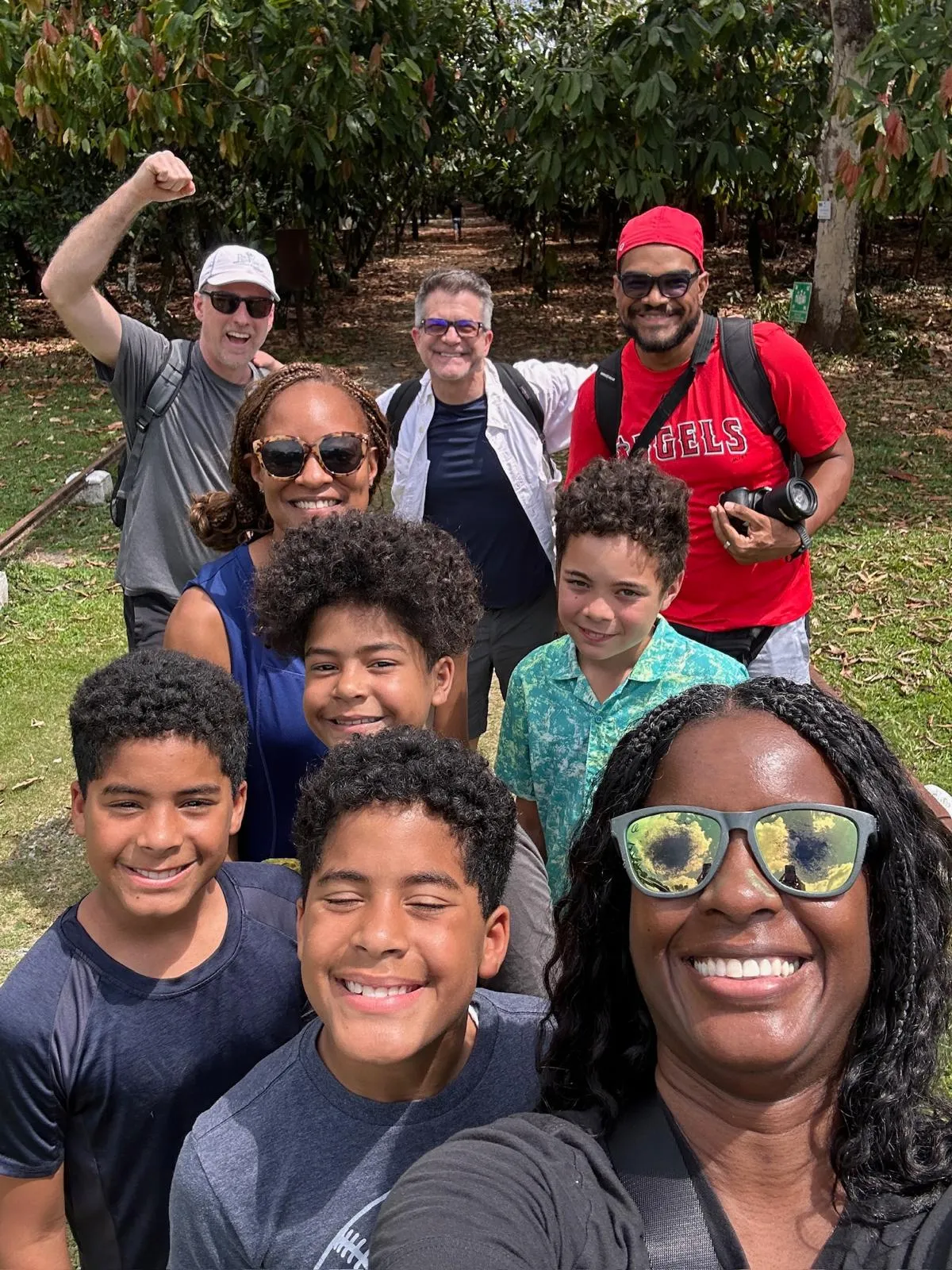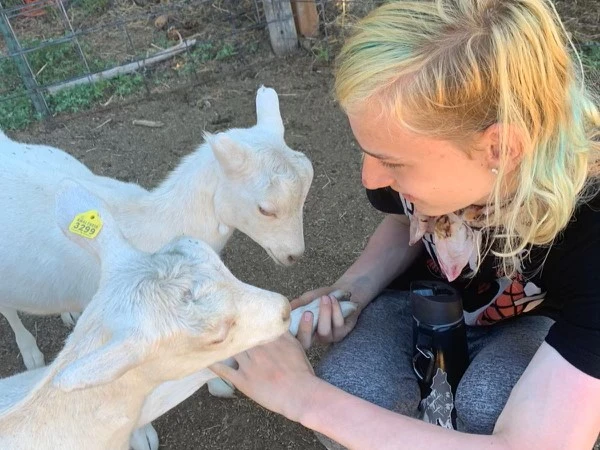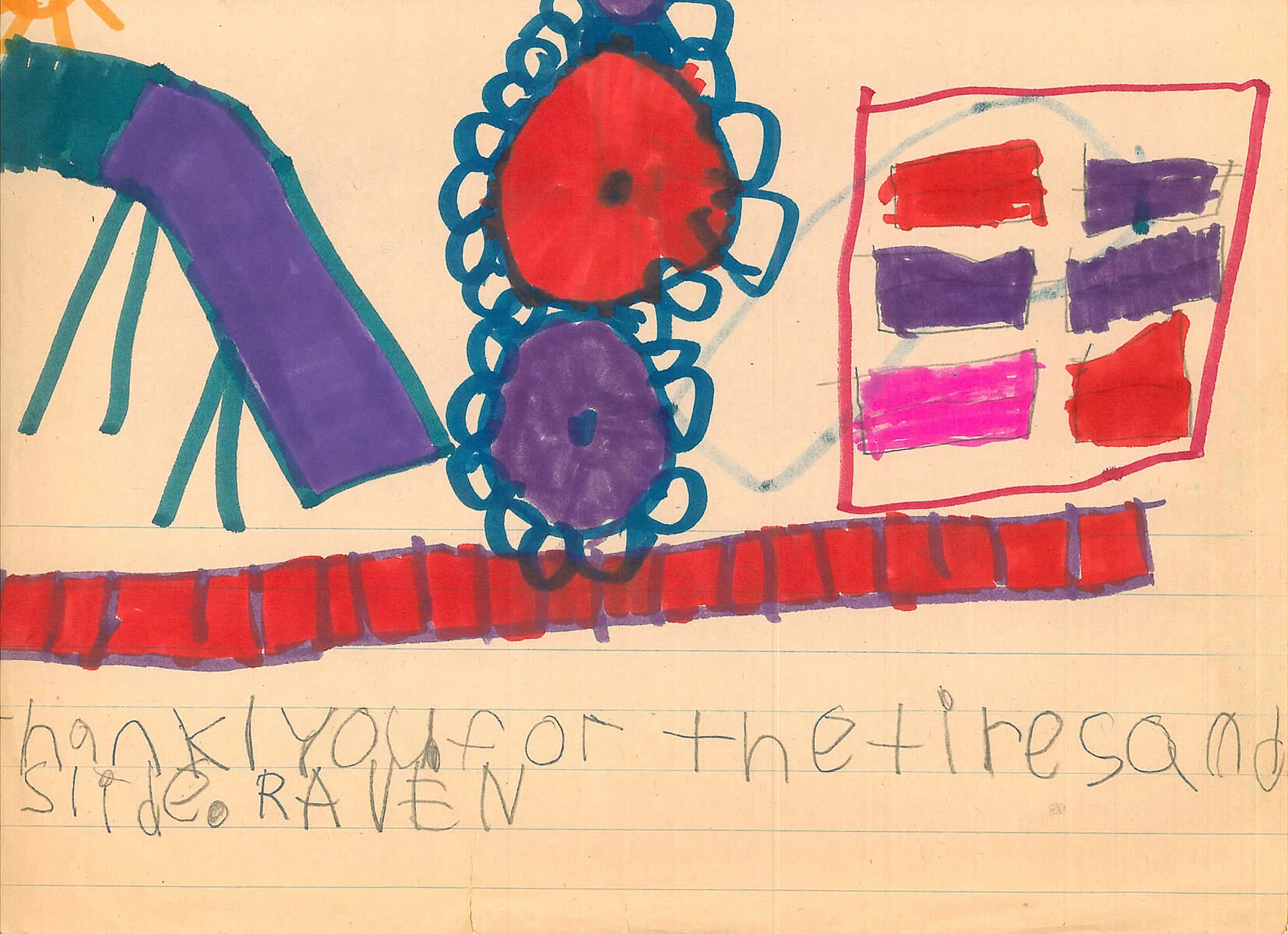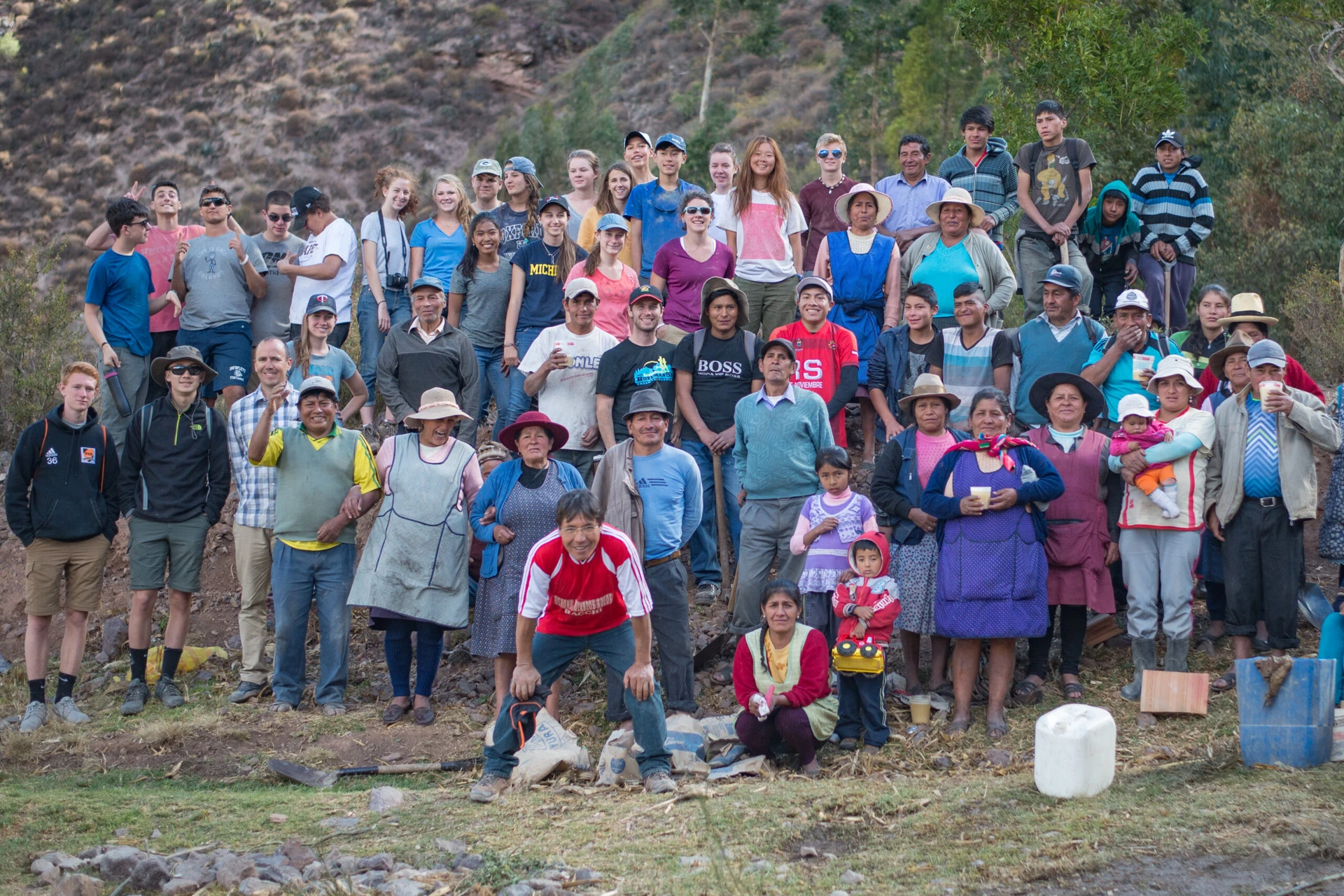Article originally published by: Lower Merion School District
This past summer, Lower Merion High School sophomore Griffin Murphy spent a month in a remote Alaskan village as part an international service-learning program, called VISIONS.
“I wanted to travel to a different part of the world and live in a different type of community,” explained Murphy. “There were many different trips I looked at but this one included both the community service work I was looking for and excursions out of the village.”
Murphy was one of 18 high school students who did volunteer community service projects while living in an indigenous Athabasca village in the Tetlin National Wildlife Refuge. About 100 people live in the village, situated on the Tetlin River.
“The change between living in Lower Merion and Tetlin was enormous,” said Murphy. “I spent the month living in the school, which is the only building in the village with running water. The nearest grocery store is 45 minutes away and many villagers rely on hunting, fishing, and gathering for food. The villagers were extremely welcoming though. They showed us where the best blueberries were, brought us to the best fishing spots, and fed us moose soup.”
“The hardest things to get used to were the quiet and the brightness,” Murphy continued. “There were no cars, electronics or loud people to break the silence; only the wind and the dogs. During July, Tetlin has 20 hours of sunlight. You could walk outside at 2 AM and it would look like twilight.”
The teen volunteers worked on several big projects during their time in Tetlin, including the construction of an 8’x15’ traditional steam bath to be used by the community, which required the participants to level the ground, measure and cut lumber, frame the walls and roof, hang insulation foam boards, install exterior sheathing and interior plywood walls, build a pass-through door for hot rocks, frame and install both exterior and interior doors into the separate changing room, and install corrugated metal on the Lean-to roof.
“The largest project we completed was building the new steambath for one of the village elders, Yvonne. She had difficulty crawling into her old one, so we built one which is tall enough to walk into,” said Murphy. “We also ran a day camp for the kids in the village, fixed a wheel chair ramp for a disabled villager, helped cut down lumber for a new smoke house, fixed the porches of multiple villagers, and built a dozen benches for the village council.”
The trip was not all work for the youth volunteers. Muphy and his peers learned firsthand about Athabasca culture, backpacked and ice-climbed in the Wrangell-St. Elias Wilderness, attended Fourth of July celebrations, viewed wildlife, and toured an old-mining town.
“Service in the cross-cultural context provides teens the opportunity to make a difference and, just as important, know the people whose lives they are impacting in personal, mutually respectful ways,” says Katherine Dayton, VISIONS Executive Director. “We give students tangible ways to be challenged through ambitious service work, thereby developing resilience and self-confidence, and realizing their potential in this world.”
“My experience in Alaska taught me to become less attached to my electronics. Spending a month away from television, computers, phones, and iPods made me appreciate other outdoor activities. Living within the village has made me realize that I live a privileged life and I have become aware how unnecessary many of my possessions are,” said Murphy. “My time in Tetlin also made me realize just how diverse our world is. It felt like a completely different country. The ice climbing guides informed me that the glacier fields are melting rapidly, and may be gone within my lifetime. That made me more aware of the effects of my actions and motivated me to live a more eco-friendly lifestyle.”






